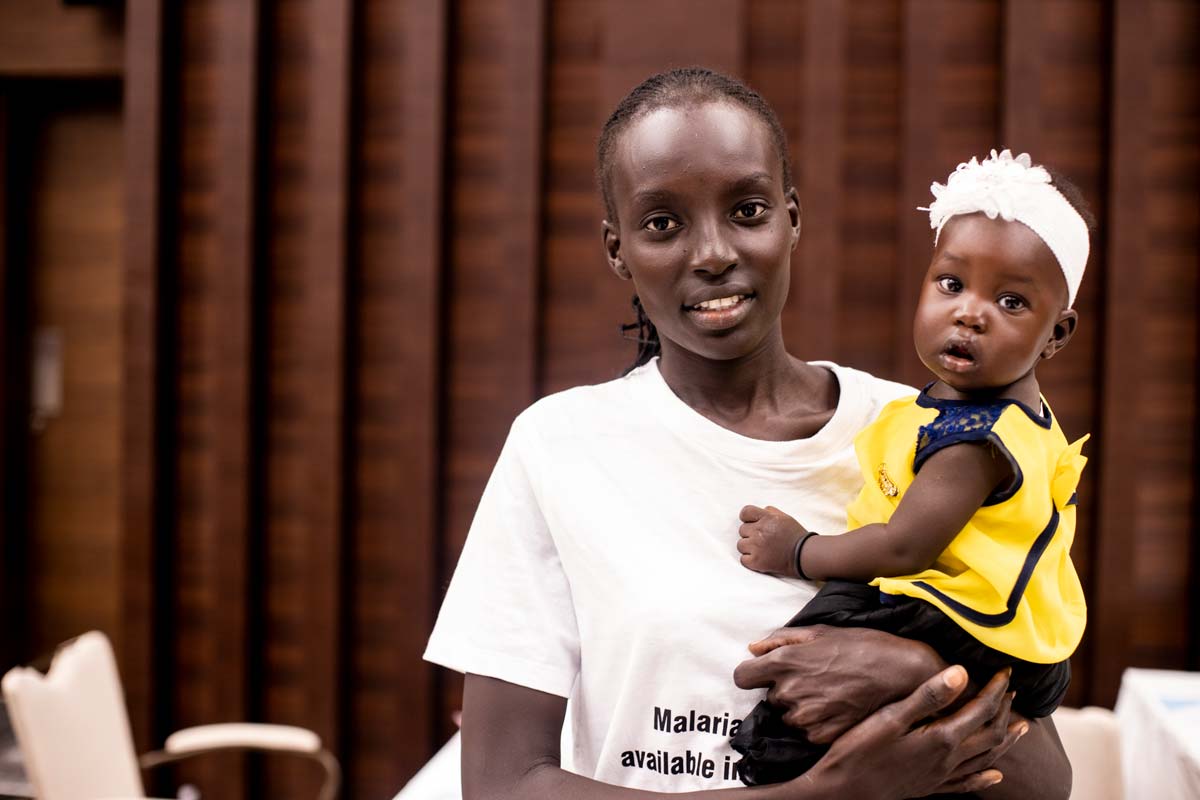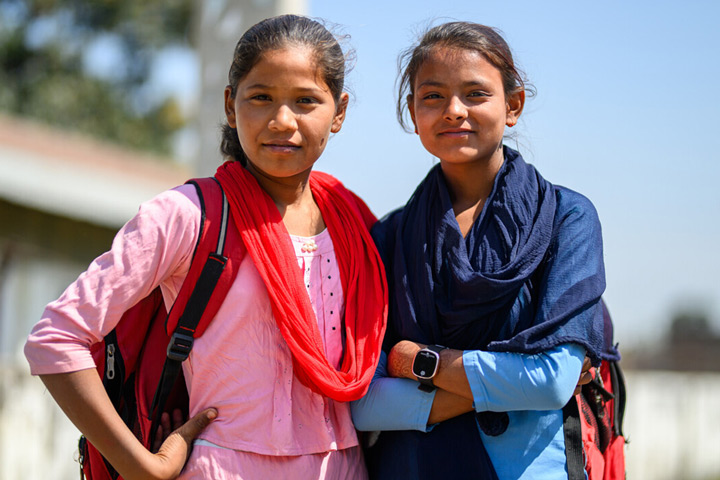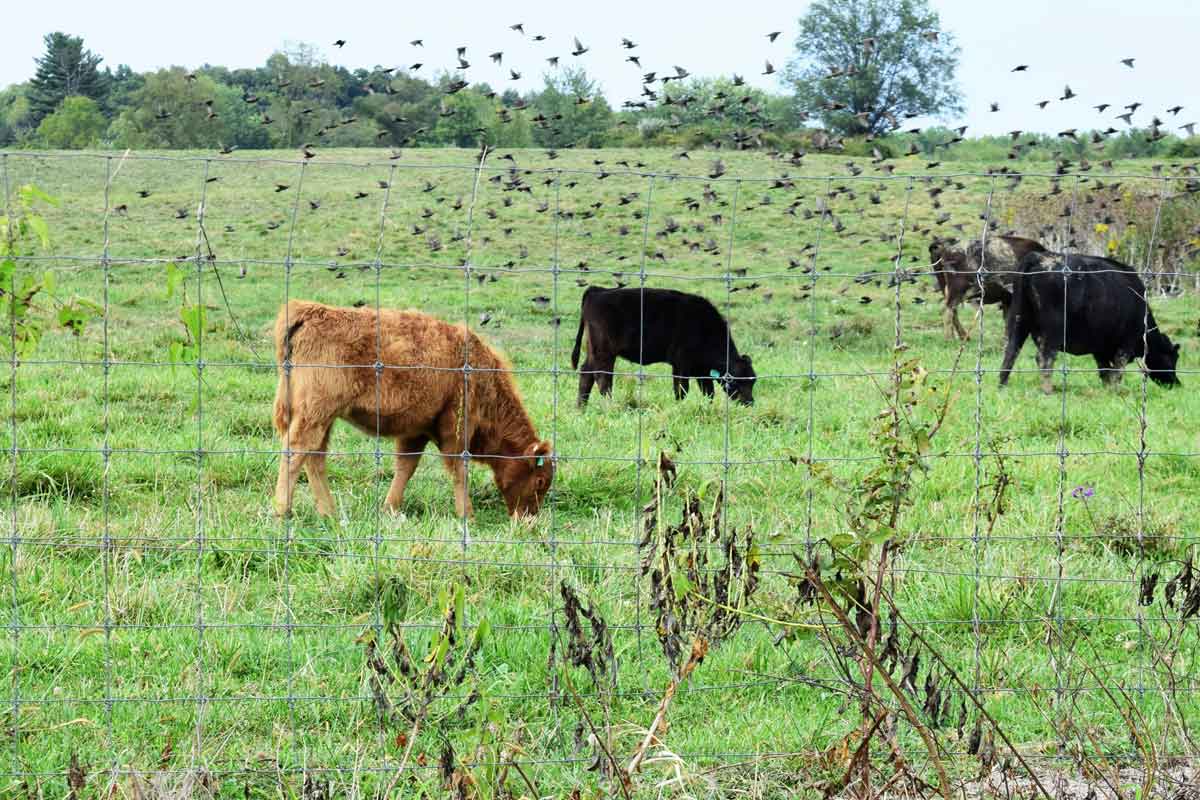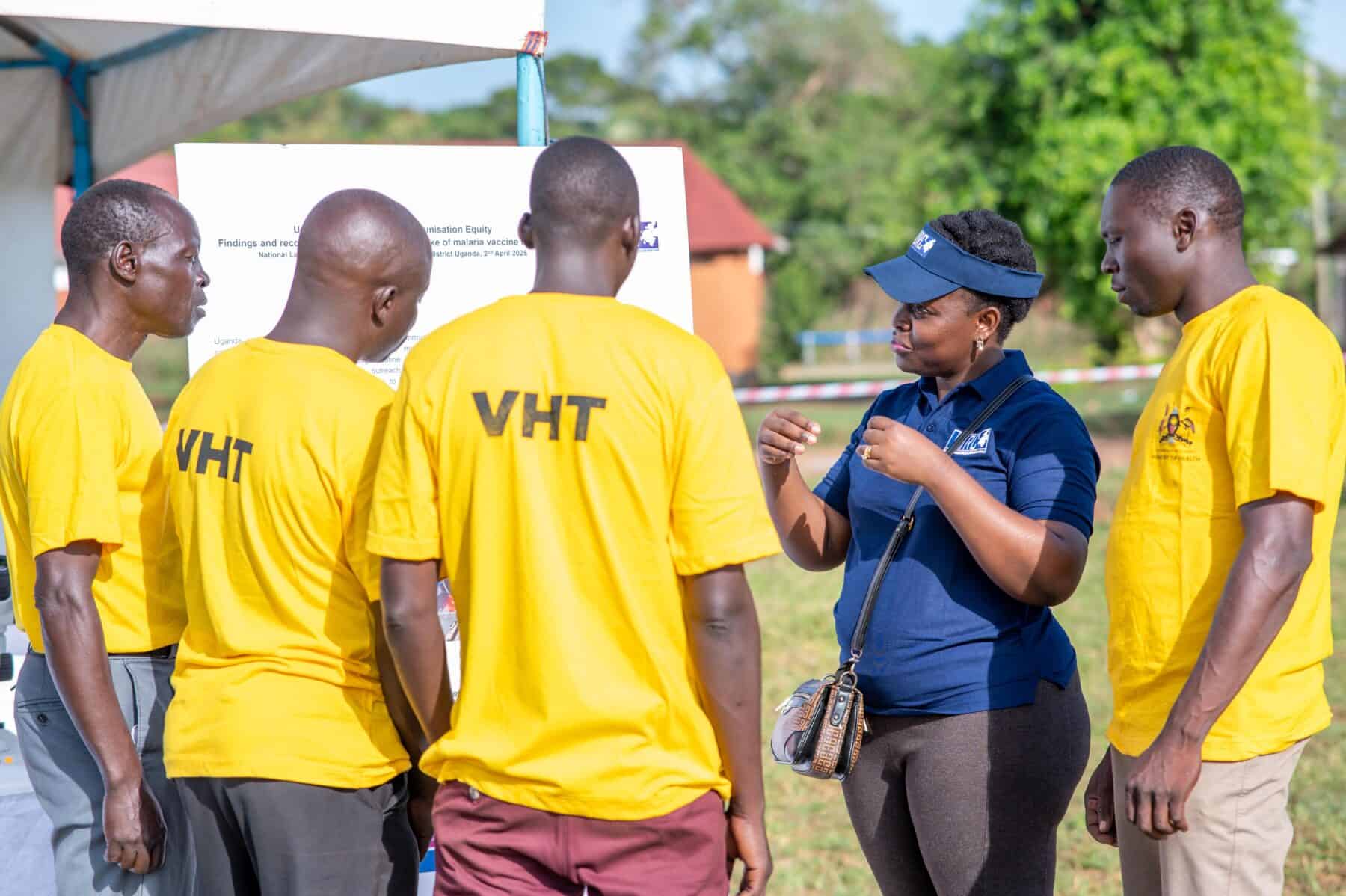Should we be worried about bird flu?
The virus can now spread between mammals and human cases seem to be going undetected in farm workers. How worried should we be?
- 7 August 2024
- 5 min read
- by Priya Joi
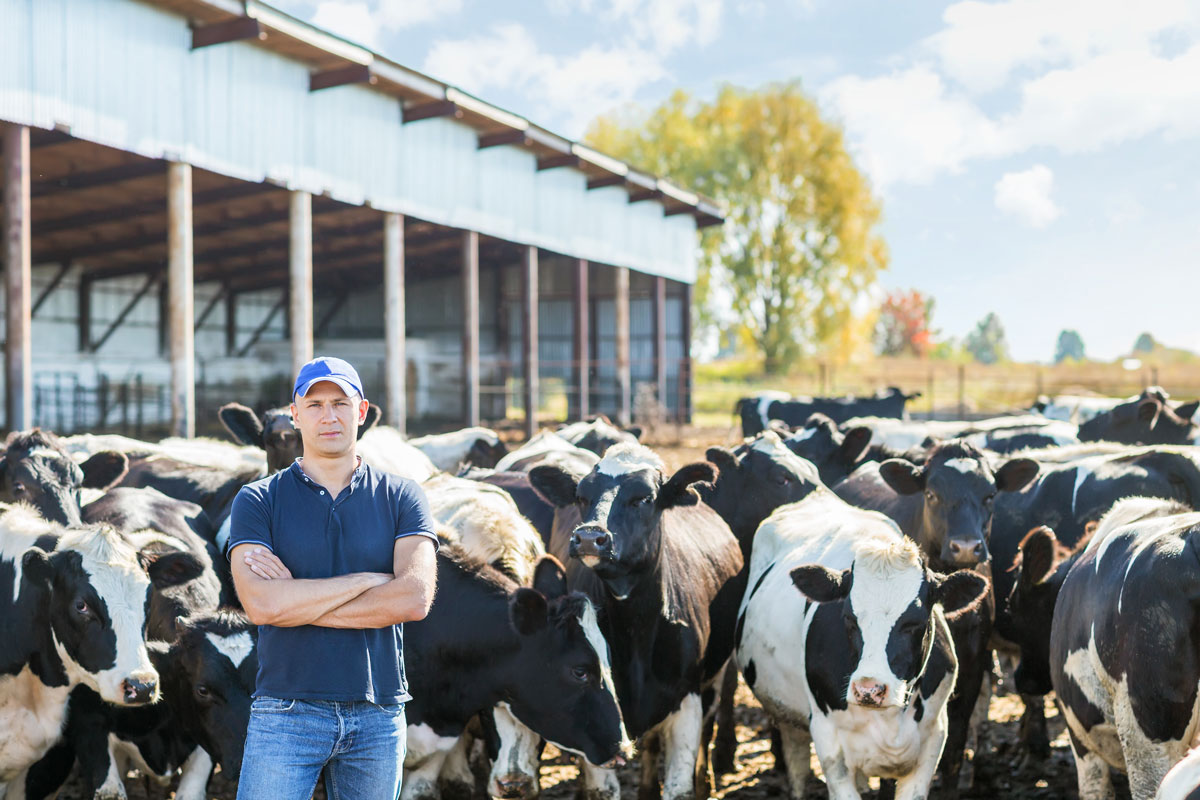
In March 2020, at the exact same time as the COVID-19 pandemic erupted, an animal pandemic was also taking flight – bird flu. Until now, avian influenza has largely affected birds and mammals, but new evidence on the virus’s ability to jump between mammals is raising the real risk of a bird flu pandemic in humans.
The World Health Organization (WHO) has called the risk of bird flu spreading to humans of “enormous concern”.
“[I am] very confident there are more people being infected than we know about. Largely, that’s because our surveillance has been so poor.”
- Gregory Gray, the infectious disease researcher at the University of Texas Medical Branch
In the UK, health officials have upgraded the risk of a bird flu pandemic to a ‘level 4’ (just two away from the highest of level 6, which is sustained human-to-human transmission). The UK Health Security Agency (UKHSA) said "there is high uncertainty regarding the trajectory of the outbreak, and there is no apparent reduction in transmission in response to the biosecurity measures that have been introduced to date."
Meanwhile, the US Centers for Disease Control and Prevention (CDC) has said since May that it is preparing for the "possibility of increased risk to human health".
Mutating to infect people
H5N1 bird flu has already become a full-blown animal pandemic. By 2022, a newly evolved version of the avian influenza virus had decimated millions of wild birds and poultry, and devastated marine mammal populations, killing tens of thousands of sea lions, elephant seals, porpoises, otters and dolphins. Mammals have never been affected on such a scale.
Then in late 2023, the virus hit dairy farms in the US. Genomic analysis suggests that bird flu jumped from a wild bird to a cow in November. This jump would trigger a widescale spread to cattle farms across the US.
Then came the moment scientists had been bracing themselves for – the leap to humans. In May 2024, the bird flu virus jumped from a cow to a dairy farm worker in Texas – the first time this had happened. The next case of bird flu in a farm worker in Michigan showed that the virus had already developed a mutation allowing it to better infect people.
The first evidence of sustained mammal-to-mammal transmission of H5N1 (from cows to cats and racoons) has just been published in the journal, Nature. Scientists had suspected this for some time, but this is the first confirmation. The concern is that this will now make it easier for the virus to continue to mutate in mammals and evolve the ability to spread more easily to people.
Blind spots in surveillance
Preparing for bird flu to hit human populations requires knowing exactly how it’s spreading among animals and how it’s evolving, especially when it comes to spreading to humans. But bird flu cases in farm workers are likely to be massively underreported, according to a new study posted online on 31 July.
Gregory Gray, the infectious disease researcher at the University of Texas Medical Branch who led the study (under review to be published in a leading infectious disease journal) said, “[I am] very confident there are more people being infected than we know about. Largely, that’s because our surveillance has been so poor.”
Testing for bird flu in farm workers is still rare, and while the CDC says it is encouraging workers to get tested if they are symptomatic, awareness of bird flu is low among farm hands, and the ability to get tested (many don’t have health insurance) is lower still. The health agency has also said it would provide protective gear – huge volumes of virus have been found in the milk of infected cows – but few farms have taken them up on this.
And there is another sinister development: evidence of viral transmission, albeit inefficient, through respiratory droplets. The main way the virus spreads remains through infected milk and milking equipment, however in laboratory tests the virus did spread through the air between a few laboratory ferrets kept inches apart. Experiments also showed that cows were infected by breathing in microscopic droplets laden with the virus.
Have you read?
Making bird flu vaccines
As H5N1 is adept at swapping genes with other flu viruses, the CDC has been encouraging farm workers to get vaccinated against seasonal flu to avoid potential interactions between H5N1 and seasonal influenza. The aim is to prevent H5N1 picking up genes that would help it infect people far more easily. However, this vaccine will not be mandatory for farm workers, the CDC said.
Meanwhile, efforts are underway to develop vaccines to protect people against bird flu.
On Monday 29 July, WHO said that its network of vaccine manufacturers in low- and middle-income countries will begin to develop mRNA vaccines targeting the H5N1 bird flu virus.
WHO and the Medicines Patent Pool set up this network of emerging manufacturers on the heels of the COVID-19 pandemic to grow mRNA production capacity around the world so that we would not face vaccine shortages or hoarding of supplies as happened during COVID-19.
The goal is that when the next pandemic arrives, said Dr Tedros Adhanom Ghebreyesus, WHO Director-General, “The world will be better prepared to mount a more effective and more equitable response.”
